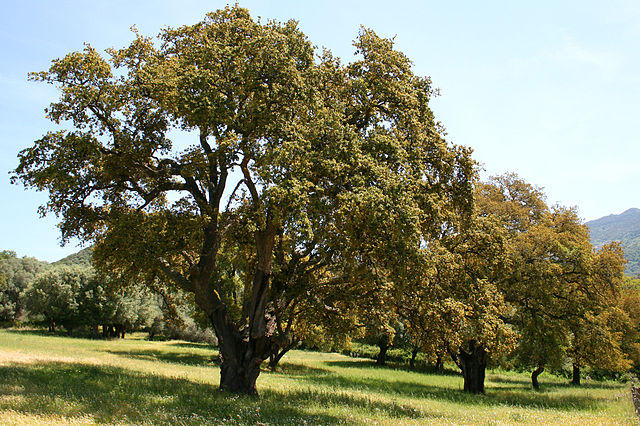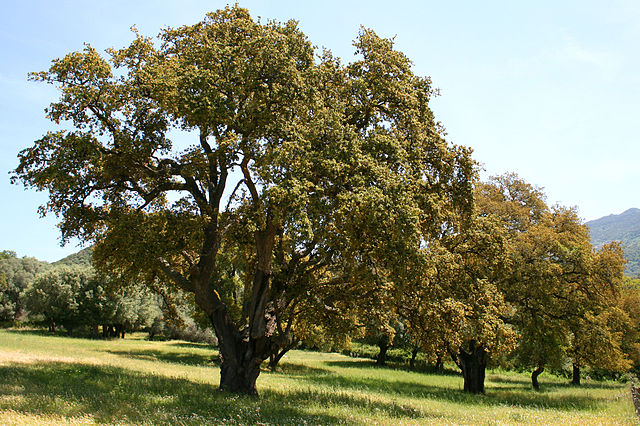Enter Your Postcode Below & Click 'Check' To See Delivery cost To Your Area
Quercus suber
Quercus suber
Couldn't load pickup availability
Common Name:
Cork Oak
Description:
Quercus suber, commonly known as the Cork Oak, is a long-lived evergreen oak tree native to the Mediterranean region. It is best known for its thick, deeply furrowed bark, which is harvested sustainably to produce cork. The rugged, gnarled trunk and wide-spreading canopy give this tree a distinctive and picturesque appearance, making it an excellent feature tree for large gardens and landscapes.
The Cork Oak has dark green, leathery leaves with a silvery underside, providing year-round interest. It is highly drought-tolerant once established and thrives in well-drained soils, including sandy and rocky conditions. This species prefers full sun and is resistant to coastal conditions, strong winds, and light frost. Its small acorns serve as a valuable food source for wildlife, including birds and mammals.
With its unique bark, resilience, and historical significance, Quercus suber is an excellent choice for Mediterranean-style gardens, avenue plantings, and ecological restoration projects.
Form:
- Tree - Medium to Large
Mature Size:
- Height: 10–20 m
- Width: 8–15 m
Aspect:
- Full Sun
Flowering:
- Flowers in Spring (Inconspicuous)
Flower Colour:
- Greenish-Yellow (Catkins)
Key Attributes:
- Evergreen
- Drought Tolerant (once established)
- Fire Resistant (due to thick bark)
- Suitable for Coastal Conditions
- Wildlife Attracting (birds, squirrels)
- Bark Produces Cork
Toxicity:
- Acorns contain tannins that may be mildly toxic to livestock if consumed in large quantities.
Companion Plants:
- Arbutus unedo (Strawberry Tree)
- Olea europaea (Olive Tree)
- Cistus species (Rock Rose)
- Lavandula (Lavender)
- Myrtus communis (Myrtle)

- Choosing a selection results in a full page refresh.
- Opens in a new window.

